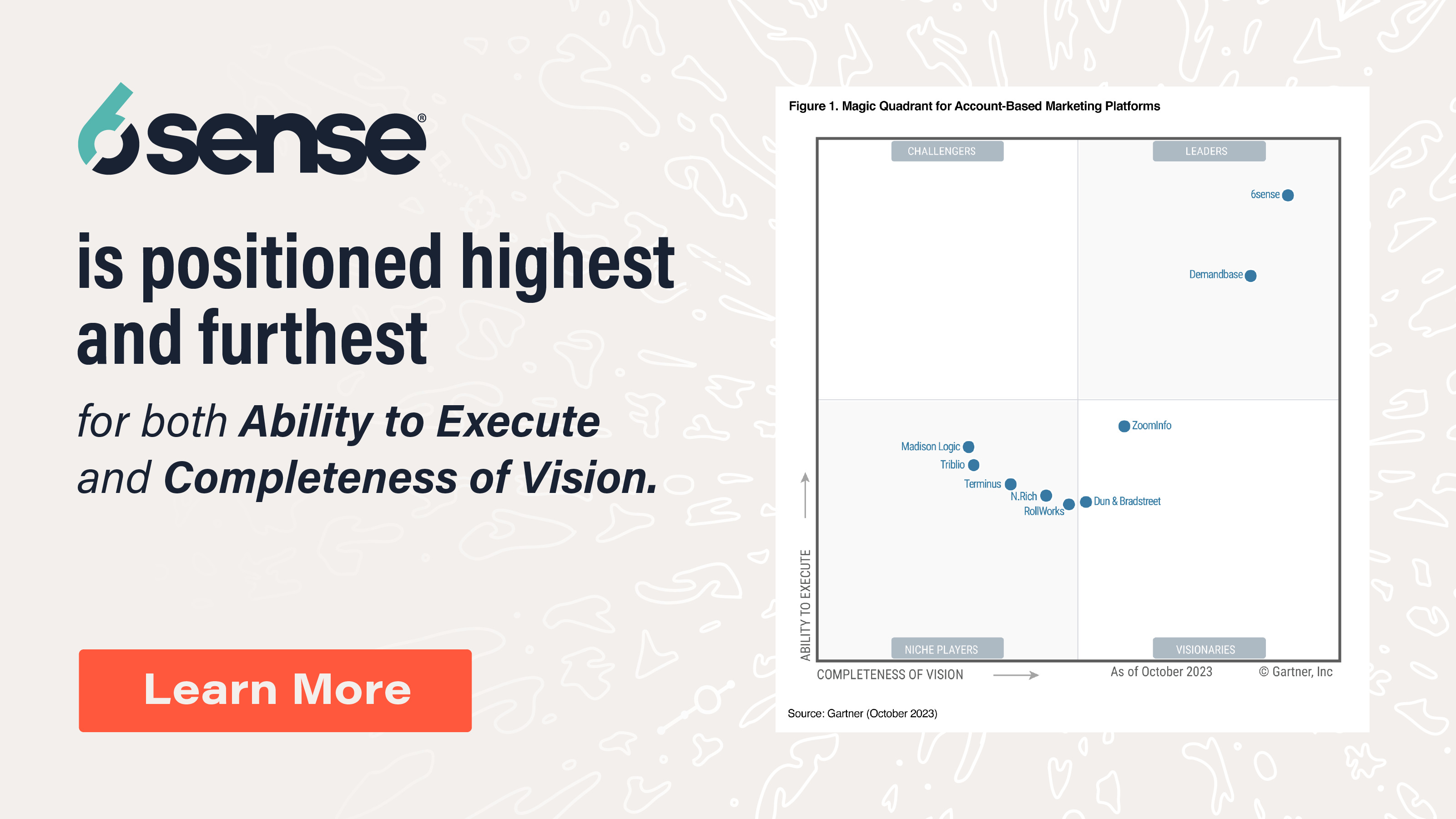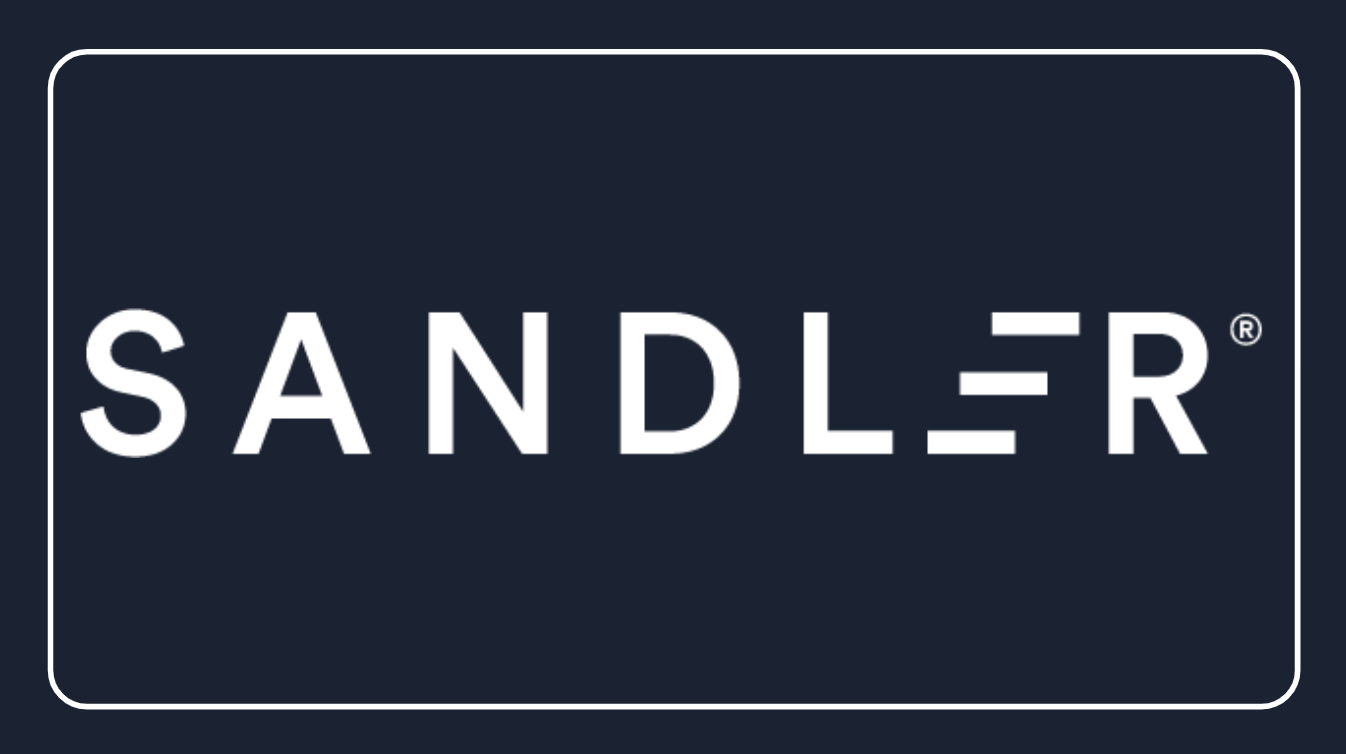The term “technology stack” used to refer exclusively to the programming languages and tools used by teams to build software applications. But in the last decade or so, the term has grown to encompass more — and stacks are getting bigger and more complex.
Examples of the tools in today’s tech stacks include:
- Email marketing automation tools like Mailchimp, Constant Contact, ActiveCampaign.
- Social media management like Hootsuite, Sprout Social, Marketo.
- Sales force automation like Salesforce, HubSpot, Oracle.
- Billing & invoicing like ROLLHQ, Square, Zoho Corp.
- Network security like Cloudflare, Fastly, Sophos.
A sales team tech stack, for example, will include sales management tools like Salesforce, sales enablement tools like Seismic, and sales intelligence tools like 6sense.
How Can Tech Stacks Help Me?
If you’re wondering how this is relevant to you, it’s because tech stacks are treasure troves of information about businesses. Whether you’re trying to engage a prospect or doing competitive research, understanding a company’s tech stack is a major advantage. Here’s how.
Identify Customers of Competing Technologies
Knowing the tech stack that a prospect uses helps you identify users of technologies that are similar to yours. You can use this information to reach out to those users and to discuss your solutions. You know they can use a solution like yours — they already are.
Identify Customers of Complementary Technologies
Let’s say you are looking at a prospect’s tech stack and see they are using Mailchimp for email marketing. Now you know that they are using Mailchimp, but not your product. If your product is compatible with Mailchimp, you have a way to engage with the prospect.
Discover New Buyers
Delving into the tech stack of businesses unravels a whole new source of new prospects, too.
Learn More
Using tech stack info will help you find prospects. So will 6sense Revenue AI™. It finds sales opportunities, identifies anonymous buyer intent data, and prioritizes accounts that are ready to buy. Book a demo today.






